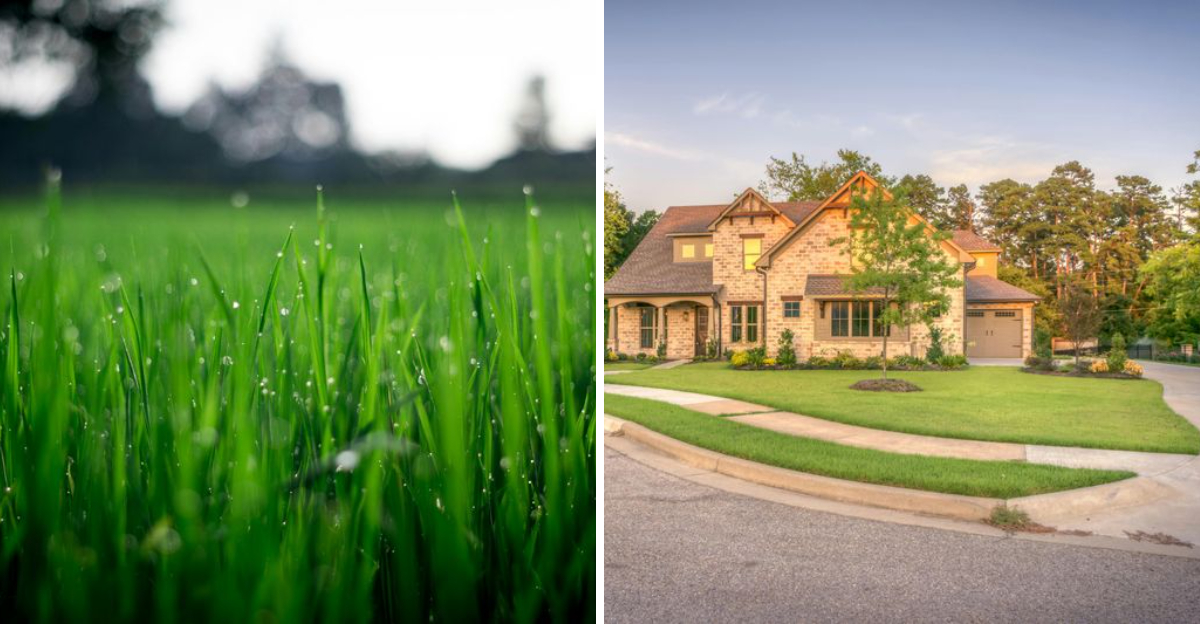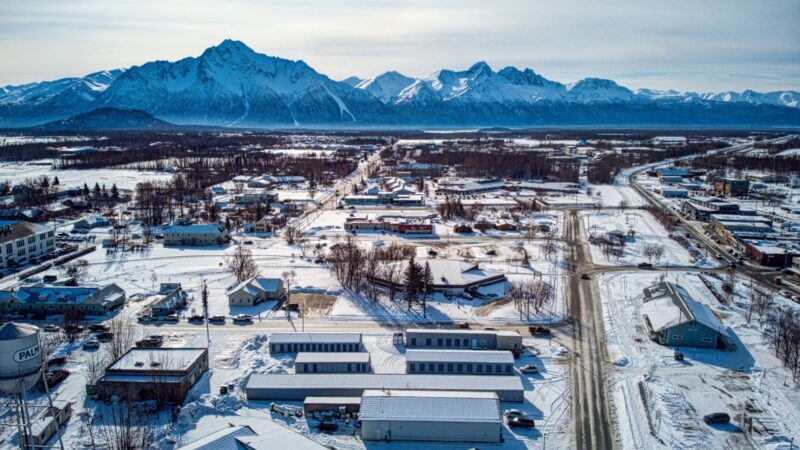Why Overseeding In Late Summer Can Improve Lawn Health

Is your lawn looking patchy and worn out after the summer heat?
Overseeding- the process of spreading grass seed over existing turf – might be just what your yard needs. Late summer provides the perfect conditions for new grass to establish strong roots before winter arrives.
Let me show you why this timing works so well for creating a lush, healthy lawn.
Overseeding timing and effectiveness can differ by region and grass variety.
1. Perfect Soil Temperature Sweet Spot
Soil temperatures in late summer hover between 60-75°F-the ideal range for seed germination. The warm soil encourages quick sprouting while the cooling air temperatures reduce stress on tender seedlings.
Your new grass won’t get scorched by intense summer heat or struggle against freezing temperatures. This temperature balance creates the perfect environment for strong root development before winter dormancy sets in.
2. Reduced Competition From Weeds
Many annual weeds have completed their life cycle by late summer, creating less competition for your new grass seedlings. The declining weed pressure means your grass gets more nutrients, water, and sunlight.
Fall-germinating weeds haven’t yet appeared in force. This competitive advantage helps your grass establish faster and develop stronger root systems that can better withstand future weed invasions next spring.
3. Morning Dew Provides Natural Irrigation
Late summer brings longer, cooler nights that create heavy morning dew. This natural moisture acts as a gentle daily watering for delicate seedlings without the need for constant irrigation.
Cooler temperatures also mean less evaporation, so your soil stays consistently moist. The regular dew cycle creates ideal conditions for germination while reducing your water usage compared to midsummer seeding projects.
4. Fills Bare Spots Before Winter Stress
Summer barbecues, kids playing, and hot weather can leave your lawn with bare patches. Overseeding now repairs this damage before winter arrives with its own set of stresses.
Dense turf prevents soil erosion during winter precipitation. By filling in those empty spaces, you’re creating a protective living blanket for your soil. The fuller lawn also prevents winter weeds from finding open soil to colonize.
5. Extended Growing Season For Strong Roots
Late summer provides the perfect head start for grass roots. Seedlings get several months of ideal growing conditions to establish deep root systems before winter dormancy.
These extensive roots help your lawn access deeper water reserves during next year’s summer heat. The stronger foundation created during fall establishment leads to grass that’s more drought-resistant and requires less supplemental watering next season.






